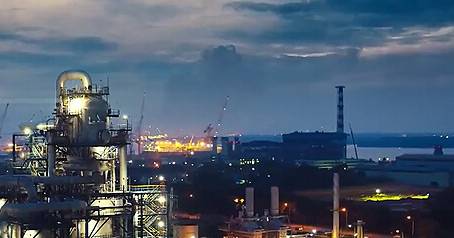Дек . 05, 2024 14:41 Back to list
High-Density Polyethylene Sprinkler Pipe Fittings for Efficient Irrigation Systems
Understanding HDPE Sprinkler Pipe Fittings A Comprehensive Overview
High-Density Polyethylene (HDPE) has gained significant traction in agricultural and irrigation applications due to its remarkable durability, flexibility, and resistance to various environmental conditions. Among the essential components of HDPE-based irrigation systems are the HDPE sprinkler pipe fittings, which play a crucial role in delivering water efficiently to crops and landscapes. This article delves into the importance of HDPE sprinkler pipe fittings, their types, benefits, and installation considerations.
What Are HDPE Sprinkler Pipe Fittings?
HDPE sprinkler pipe fittings are specialized connectors and adapters made from HDPE that are designed to create a leak-proof, robust system for transporting water. These fittings help join various sections of HDPE pipes and facilitate the connection of sprinklers and other irrigation components. The design of HDPE fittings allows them to handle high pressures, which is essential for maintaining effective irrigation.
Types of HDPE Sprinkler Pipe Fittings
1. Elbows Used to change the direction of the water flow, elbows come in various angles, typically 90 or 45 degrees. They help navigate around obstacles while ensuring a smooth transition for water flow.
2. Tees These fittings allow for branching off from the main line. A tee fitting makes it easier to connect additional sprinkler lines without having to dig up existing ones.
3. Adapters HDPE adapters are used to connect HDPE pipes to different materials or fittings, such as PVC or metal. They provide flexibility in integrating various irrigation components.
4. Couplings Couplings are straight connectors that join two sections of HDPE pipe. They are vital for extending pipe runs or repairing damaged sections.
5. End Caps and Plugs These fittings are used to close off open ends of pipes, preventing water loss and ensuring system integrity.
Benefits of Using HDPE Sprinkler Pipe Fittings
hdpe sprinkler pipe fittings

2. Flexibility The flexibility of HDPE allows it to bend without breaking, accommodating changes in terrain and adjusting to landscape dynamics.
3. Chemical Resistance HDPE fittings can resist various chemicals, fertilizers, and soil additives common in agricultural practices, ensuring the integrity of the irrigation system over time.
4. Reduced Maintenance Due to their durable nature, HDPE fittings require minimal maintenance compared to traditional materials like metal or PVC. This feature saves time and money for farmers and landscapers.
5. Environmental Impact HDPE is recyclable, making it an eco-friendly choice for irrigation systems. Using HDPE also helps reduce water wastage due to its leak-proof design.
Installation Considerations
When installing HDPE sprinkler pipe fittings, several factors should be taken into account to ensure optimal performance.
1. Correct Sizing Always choose the right size of fittings to match the pipe diameter. Mismatched fittings can lead to leaks and reduced water flow.
2. Proper Tools Use the appropriate tools for cutting and connecting HDPE pipes and fittings to ensure clean cuts and secure connections.
3. Temperature Conditions Consider the ambient temperature and select fittings designed to withstand the specific climate conditions of the installation area.
4. Regular Inspections After installation, periodically check the fittings for signs of wear or damage to prevent leaks and maintain system efficiency.
Conclusion
HDPE sprinkler pipe fittings are a vital component of modern irrigation systems, enabling efficient water distribution in agricultural and landscaping applications. With numerous benefits such as durability, flexibility, and minimal maintenance requirements, HDPE fittings optimize irrigation performance while minimizing environmental impact. Adhering to proper installation practices ensures that these systems function effectively, ultimately leading to healthier crops and landscapes. As the demand for efficient water management continues to grow, the adoption of HDPE sprinkler pipe fittings will likely become increasingly prevalent in sustainable irrigation practices.
-
PVC Transparent Sheet Roll - Durable & Flexible PVC Plastic Sheet Roll for Industrial & Home Use
NewsJun.24,2025
-
High-Quality PVC PPR Pipes and Fittings Durable ERA PPR Solutions
NewsJun.10,2025
-
High-Quality Large HDPE Sheets & Large Diameter PVC Pipe Durable Large PVC Pipe Supplier
NewsJun.10,2025
-
High Density Polyethylene Cutting Board - Durable & Food Safe
NewsJun.09,2025
-
3 Inch PVC Pipe for Durable Irrigation Affordable & Reliable
NewsJun.09,2025
-
Premium PPR Plastic Water Pipe Fittings - Durable & Leak-Free
NewsJun.09,2025

